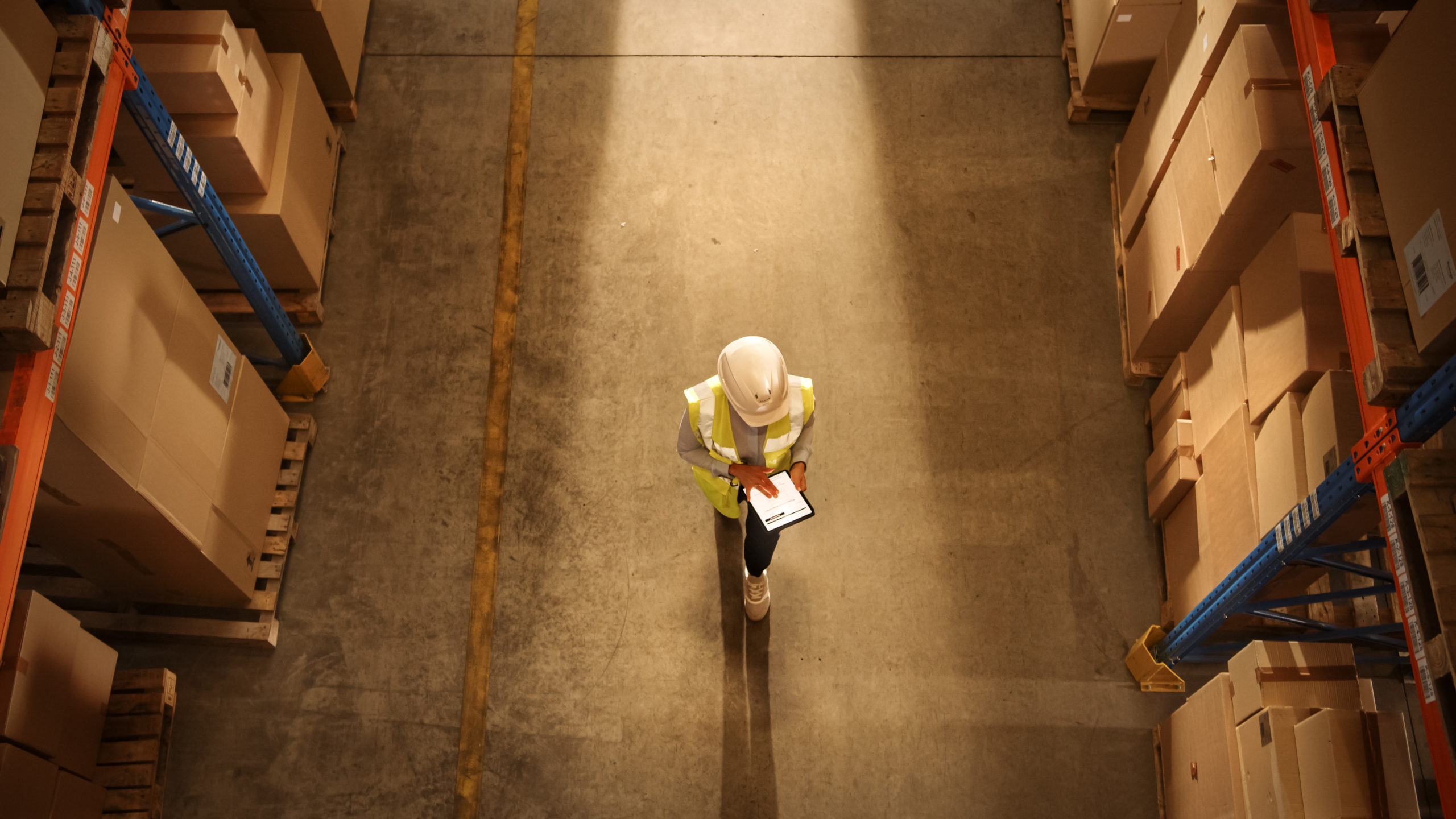Prepare for the switch from CHIEF to CDS, the UK Customs Declaration Service
Jun 24, 2022
Scroll to find out more
Jun 24, 2022
Scroll to find out more

From September 2022, the way customs declarations work in the UK will change. Here’s what you need to know to get yourself ready – and to make sure your broker is too.
CDS stands for the Customs Declaration Service, the electronic systems for making import and export declarations. From September 2022, CDS will start to replace the UK’s Customs Handling of Import and Export Freight system, known as CHIEF.
Importers will have to start using CDS from 30th September 2022. Exporters will need to use CDS from 31st March 2023.
At those deadlines, CHIEF will be shut off, and only CDS will be available for customs declarations. So all importers and exporters will have to use the CDS system.
This deadline has been set to achieve the UK government’s 2025 border strategy, meaning that all businesses that import to or export from the UK must make sure they are ready for the switch.
Both CHIEF and CDS are customs electronic systems, with CDS being the updated version of CHIEF.
The Customs Declaration Service compared to CHIEF will be able to handle more data, with fewer bugs and maintenance required, while also being more flexible for integrations.
CDS does require the declarant to input more data and requires more data processing rules. Some fields which may previously have been one box to fill in are now split out into two or three: where CHIEF previously required 68 boxes for imports and 45 for exports, CDS might require up to 76 boxes for imports, or 65 for exports.
Procedure codes are also a key difference. On CHIEF, you can find 7-digit fixed Customs Procedure Codes (CPCs) for each item. Whereas with CDS, procedure codes are split into two parts for single goods items: a 4-digit requested Procedure Code (PCs) and an Additional Procedure Code (APCs) with three digits.
CHIEF previously required just header data (addresses etc) and item data details on the goods being moved). The new CDS system, however, will require information on 8 different data elements:

Better foundation for future trade
The UK government’s strategy for 2025 is to have a single window for trade, and the migration from CHIEF to CDS will be critical to the long-term flow of trade. The system has the flexibility and resilience to accommodate future improvements and aligns with the government’s goal for a world-leading digitised border, meaning that the UK is better set up for trade going forward.
More opportunity for integration
Because the CDS system will be much more flexible, there’s far greater scope for customs information to be integrated into other parts of the importing and exporting process. This lays the foundation for all of the systems involved in the declaration process to be able to talk to each other, potentially saving huge amounts of time in automating data entry.
Greater financial visibility
Once you are registered and signed into your Government Gateway account, you will be able to view your financial dashboard.
That includes your:
You are also able to view your import VAT certificate (C79), as well as your Postponed Import VAT statements (PVA).
Easier analysis
Because of the greater quantity of data elements in CDS, there is more information available to analyse. The system itself also allows for simpler exporting of data, meaning you can more straightforwardly report on total duty spent by lots of different fields, such as supplier or product.
More compliance
Ultimately, this ease of analysis through CDS also makes it simpler for HMRC to spot when goods are being moved into the country in a non-compliant way (for example, checking goods that need licences to import, or identifying mismatches of the declared value of goods).
On top of that, a more digital approach to customs should mean that less time has to be spent on data entry, and can instead focus on whether goods are being cleared compliantly.
Unless you submit customs declarations yourself, the majority of the changes to the customs declaration system will be handled by your customs broker.
However, there are a number of small things you need to tick off to make sure they can act for you and to avoid delays.
There are multiple ways of paying your duty through CDS; your forwarder can help you to work out the best method for you and your business.
Advanced training on the CDS system
The Customs team are all enrolled in CDS training through the British International Freight Association. Additionally, they are attending the webinars from the Institute of Export and International Trade (IoE) on the CDS transition, which are supported by HMRC.
We are also using the TDR (trader rehearsal system) to practise a variety of declaration types to ensure we have hands-on experience of the system and are aware of data processing rules, along with any possible common customs errors. This way, we can give our customers as seamless an experience as possible.
Supporting our customers with registration
We’re checking with our customers that they are registered for CDS well in advance of the September deadline, and have all the details they need to make sure the transition goes smoothly. That also includes helping to work out the best way to pay duty and set up the financial tools to do so.
Improving data health with our customers
We’re also working with customers to improve their overall data health, to make sure that their customs declarations can be as streamlined as possible.
Because the Zencargo platform centralises all relevant product information (such as commodity codes) in the same place as shipment information, it’s much simpler to gather all the data needed to submit a declaration. That means we can get declarations done in good time, and stop border delays before they happen.
Read more on the government website, or book a call with your Zencargo account manager to make sure you’ve got everything you need.


To find out more, book a free consultation with one of our experts today.

If you’re looking for a partner who can support you through 2024, and beyond, w...